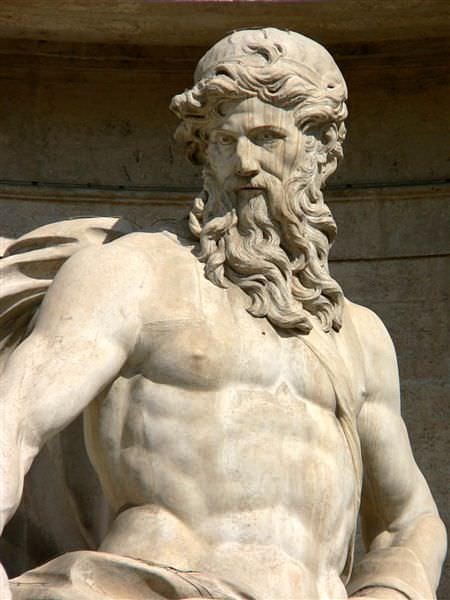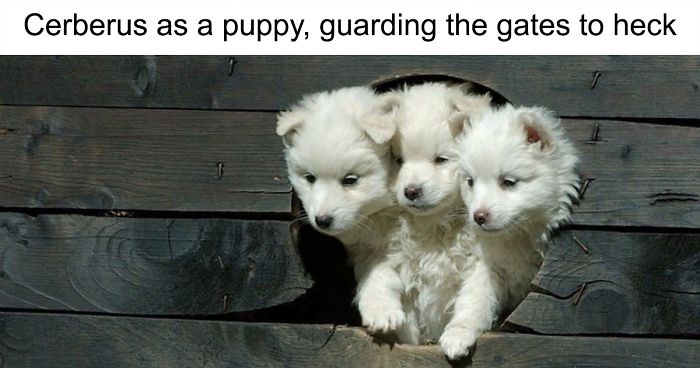Leaders As Vision Creators
by
Charles Lamson
"Leadership is making what you believe in . . . happen." This definition of leadership was introduced in Part 1 of this analysis as the efforts of courageous men and women making what they believed in happen under extremely challenging conditions. They had a vision and acted upon this vision to make their aspirations and the aspirations of others happen.
 |
Leaders must know where they are going if they are to achieve their purposes. Today, just as thousands of years ago, without a vision, persons and organizations perish. Therefore, leaders must be vision creators. This is an immensely powerful and far-reaching idea. Visioning defines leadership. It is fundamental to the process of leading organizations.
Warren Bennis observed that "the single defining quality of leaders is their ability to create and realize a vision." Marshal Loeb said, "All the leaders I know have a strongly defined sense of purpose. And when you have an organization where the people are aligned behind a clearly defined vision or purpose, you get a powerful organization." And Jack Welch, former chief executive officer of General Electric, stated, "The effective leader leads through a vision, a shared set of values, a shared objective." It is the responsibility, one might even say the duty, of top management to create a vision for the organization and to articulate this vision so it turns into concrete strategies, solid management systems, and informed resource allocations that enable an organization to accomplish results.
Before we look at trait, attitudinal, and situational approaches to leadership, we must place organizational leadership into a broad context. We will do this by introducing two powerful models: the SOAR Peak Performance model and the Vision to Results (VTR) model. Each model offers an important perspective that will highlight and interrelate many of the key variables affecting performances.

The SOAR Peak Performance Model
What determines the road to results---to successful performance---is a combination of interacting factors that can be represented by the SOAR Peak Performance model depicted in Figure 1. This model is an adaption of Norman R.F. Maier's classic Causal Sequence model that we discussed in an earlier post. The Soar Peak Performance suggests that an interaction between the Situation and the Organization leads to Activities that ultimately lead to Results
Figure 1 The SOAR Peak Performance Model
If an organization is going to soar to peak performance, the leader, as an integral part of the situation must influence the organizations activities to achieve results. Now let's look at Figure 2, which adds L to the model to represent the Leader. The leader's influence potential is represented in this model by an equal sign to illustrate the increasingly indirect power of leaders. One might think of indirect power as similar to the force that the north pole of two magnets have on each other. The closer they come together, the more resistance there is between them, much like an organization's resistance to a leader's attempt to change it.
Figure 2 The SOAR Peak Performance Model (revised)
Leaders are currently facing a decrease in power. Laws, regulations, and changes in social norms, among many other factors have restricted leaders' ability to influence. This conclusion is not made in a normative sense of good or bad, but as a fact of modern organizational life. At the same time, the situation has become increasingly complex and difficult to manage.
The leader, however, is but one of a myriad forces influencing the organization. From an external perspective, the organization is also affected by political, economic, social, technological, and environmental forces in the remote environment. Additional forces such as competitors and suppliers influence the operational environment. Further, within the business, contending forces such as culture help or hinder change. We will be discussing those matters in greater detail later. Given the effect of these many countervailing forces, the leader alone has insufficient power to influence an organization toward results. A leader's "magnetic" personality is not enough; something more is needed to pull the organization toward results, and this is the role of Vision as depicted in the letter V in Figure 2. A leader's influencing push is not enough to achieve results; the pull of a powerful, impelling vision is required.

We have seen a similar idea in marketing where products and services are pushed through distribution channels and advertising is being used to stimulate customer demand to pull the products and services through the distribution channels toward them.
The SOAR Peak Performance model can be expanded into the Vision to Results model.
Vision to Results Model
The central framework discussed in this analysis is the Situational Leadership model, but it is important to look at achieving results from a strategic perspective. Just as a tapestry has a pattern that defines it, so does success. The key "pattern" words for success are:
Figure 3 Vision to Results Through Leadership Actions

Johnson & Johnson, the health-care products company is an example of an organization living the core values reflected in its credo:
We believe our first responsibility is to the doctors, nurses, and patients, to mothers and fathers and all others who use our products and services. In meeting these needs, everything we do must be of high quality.
The emphasis on core values has led Johnson & Johnson to be named the top company in a nationwide reputation survey by Harris Interactive Inc. and the Reputation Institute of New York. Johnson & Johnson's chairman and chief executive officer explains how its reputation is guarded:
A lot of our companies want to be identified with J&J because the logo is so powerful, and on occasion we let them make it a tagline. But we use it very sparingly, because it belongs on products that evoke caring and gentleness. The last thing we want to do is to confuse the customer about our image. . . . Johnson & Johnson is a trustmark, not a trademark. . . . Your reputation can be destroyed in an instant; if employees do anything to violate the consumer trust, they probably would not survive here.Returning to the model, we see in the lower-left corner the desired outcome of the vision---the results. This component tells us day-by-day how we are doing in a tactical sense, to achieve the vision. Leadership turns visions into results. The right side of the model (see Figure 4) is the planning (decision) side. Managers make decisions that spell out the mission (business ideas), strategies, goals, and tasks required to move the organization in the desired direction. Figure 4 The Right-Hand Side---Decision Processes
No matter how eloquent the plans, they must be implemented. Leadership is more than creating plans; it is achieving those plans. Most organizations focus on "what-to-do" and forget about "doing it." When you look at their plans, they are mostly just structure. The main reason they do not work is that these plans neglect the influence of an organization's environment, culture, teams, and people (see Figure 5).
Figure 5 The Top Side---The Human Influence
As we move diagonally from upper right to lower left (see Figure 6), we see that from vision to results moves through four levels. In level 1, implementing business ideas in the internal and external environment is affected by the stakeholders, those persons, key players, or factors whose helping or hindering roles determine success or failure. Level two finds strategic initiatives carried out within the corporate culture, the way we do things around here. Level three suggests that goals are achieved by teams, and in level four, tasks are performed by people.
Figure 6 The Vision to Results (VTR) Model
The human issues along the top of the figure represent the influence process of leading the organization, regardless of level, toward the accomplishment of the right side. The leadership challenges at each level as we move diagonally from right to left, top-to-bottom, in Figure 6 are:
The leader's role today is that of a facilitating "linking pin" between the vision and results, between strategic issues and tactical issues, between the transformational and the transactional. It is not enough to simply watch over the decision-influence interface, no matter how well you do it. Leaders today must connect vision and results.  Oren Harari (July 30, 1949 - April 10, 2010) was a business professor at the University of San Francisco, managing consultant, and frequent contributor to Management Review, published by the American Management Association, sums up this connection in what he calls "three little words": inspire, shared, vision." How do effective leaders make this connection? It is through leadership. *SOURCE: MANAGEMENT OF ORGANIZATIONAL BEHAVIOR: LEADING HUMAN RESOURCES, 8TH ED., 2001, PAUL HERSEY, KENNETH H. BLANCHARD, DEWEY JOHNSON, PGS. 79-85*
end
|







No comments:
Post a Comment